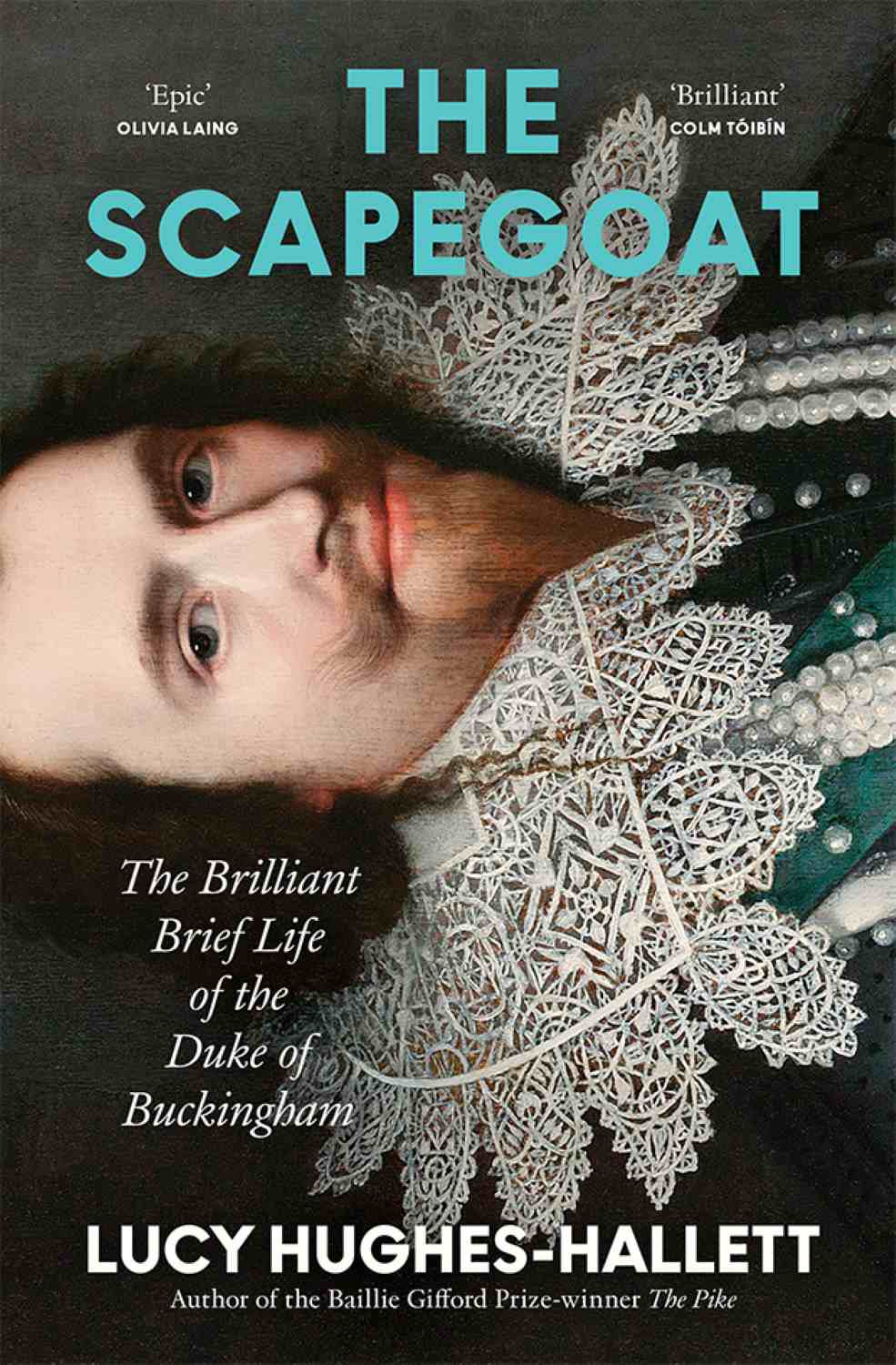'A clever and captivating book': Lord Lexden reviews 'The Scapegoat'
The Duke of Buckingham with his family | Image by: GRANGER - Historical Picture Archive / Alamy Stock Photo
4 min read
Lucy Hughes-Hallett’s learned study of the 1st Duke of Buckingham is written with a novelist’s verve and skill
King James I of England and VI of Scotland (1566-1625) liked men around him, lots of them. Lucy Hughes-Hallett, a jolly, high-spirited author, writes: “James’ favourites slept with him. They knew the feel of his skin. His body warmed theirs; theirs warmed his.” As this passage suggests, Hughes-Hallett is an acclaimed novelist as well as a historian.
How far did things go? It is a matter for speculation, in which Hughes-Hallett joins eagerly in the early chapters of this clever, learned, captivating book. Sodomy was widely regarded with horror, which James apparently shared.
He broke his men-only rule for his wife, Queen Anne, alone. They had 10 children, only three of them surviving beyond infancy. No one in the family seems to have thought the less of him for being gay. Those outside it were not so tolerant. It was too good a political weapon to remain unused by his many enemies.
In 1614 a young man appeared at court who was to satisfy all James’ needs in and out bed for the rest of his life. Everyone agreed that George Villiers, then 22, was breathtakingly beautiful. “One of the handsomest men in the whole world,” one admirer drooled.
Lucky James, whom no one would have put in a beauty parade, would refer to Villiers as his husband, or sometimes wife, or sign himself dad (he never seemed clear about their respective roles in their partnership). In eight years he raised his lover from a lowly position among the landed gentry to a dukedom. This did not stop the now Duke of Buckingham from making a conventional marriage and having children on whom James doted. Hughes-Hallett depicts him as a gender-fluid charmer who would have been at home in the 21st century.
The lovers ruled England together. They were not very good at it
Honours and great offices of state were showered on him, along with immense wealth. He spent lavishly. His many mansions included a palace on the site of what is now Charing Cross station. Peter Paul Rubens declared that his art collection was the finest in Europe.
The lovers ruled England together. They were not very good at it. No one ever described Buckingham as a man of great ability. He worked much harder than might have been expected, and had some good plans for the modernisation of the navy, but they could not be implemented for lack of money,
In the 1620s the lovers asked Parliament to provide generous sums. The first tranches were wasted on disastrous military and naval expeditions, in which thousands died uselessly. No more money was forthcoming from Parliament. Rich individuals kept the regime going through loans which the King forced them to make without hope of repayment.
 In 1627 Buckingham led a naval taskforce to attack the French at La Rochelle. The expedition was a fiasco. The country which had destroyed the Spanish Armada nearly 40 years earlier was humiliated.
In 1627 Buckingham led a naval taskforce to attack the French at La Rochelle. The expedition was a fiasco. The country which had destroyed the Spanish Armada nearly 40 years earlier was humiliated.
Buckingham should have been sacked on the spot. The following year an unpaid naval officer who had been wounded at La Rochelle stabbed him to death in Portsmouth.
Hughes-Hallett has gathered together a vast amount of information to create a panoramic survey of early 17th century England, written with a novelist’s verve and skill. At the centre of it all stands the beautiful Buckingham, who loved a king but, through mismanagement of public affairs, inflicted serious damage on his kingdom.
He was not the scapegoat of the book’s title, accepting the blame for the mistakes of others. He made many blunders, for which he paid the ultimate price at the age of 36.
Lord Lexden is a Conservative peer and historian
The Scapegoat: The Brilliant Brief Life of the Duke of Buckingham
By: Lucy Hughes-Hallett
Publisher: Fourth Estate
PoliticsHome Newsletters
Get the inside track on what MPs and Peers are talking about. Sign up to The House's morning email for the latest insight and reaction from Parliamentarians, policy-makers and organisations.
